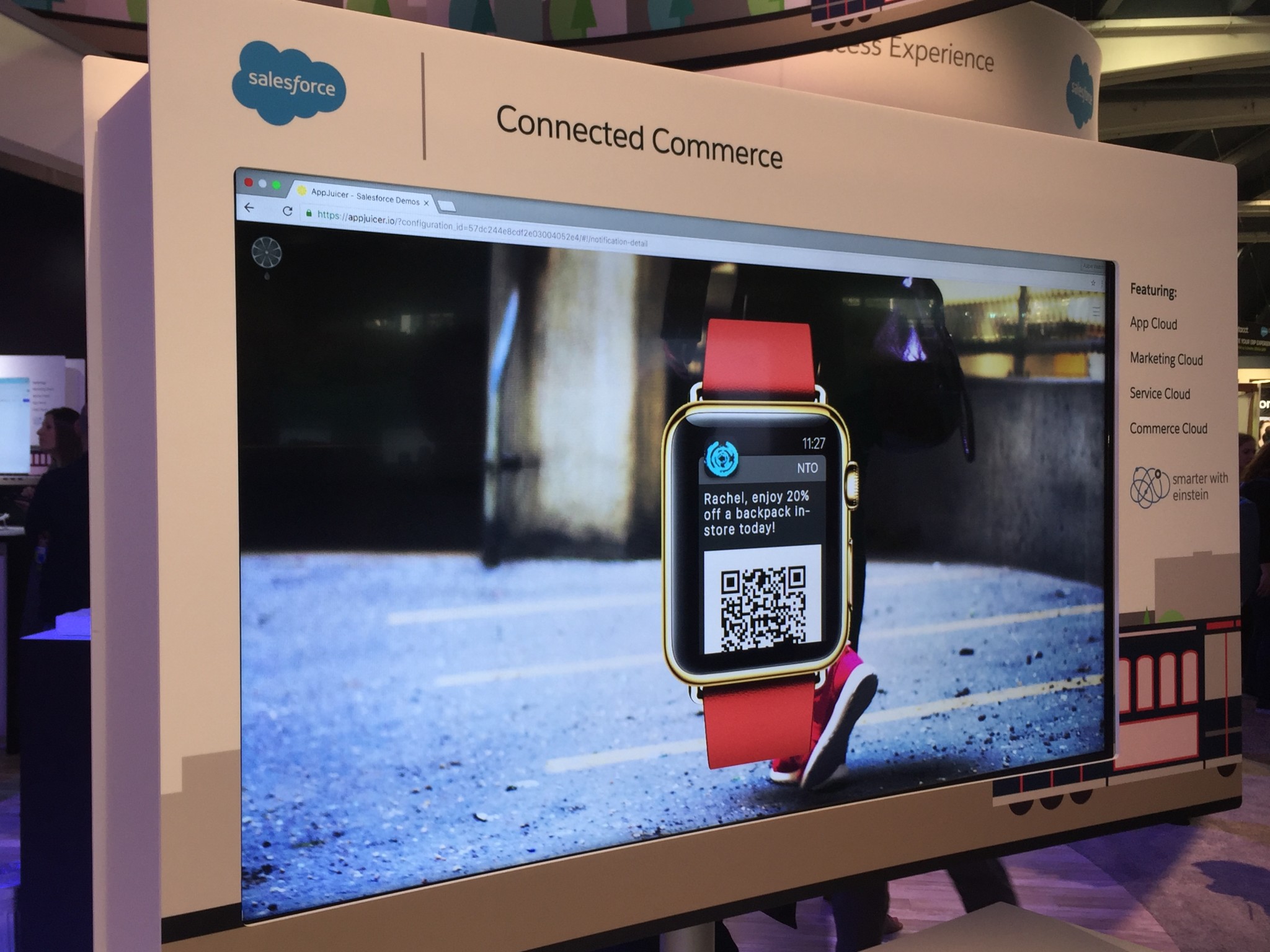
Chief marketing officer at global shoe and accessory company Aldo, Erwin Hinteregger, says marketers should refocus on the pull effect, rather than the push.
Speaking to AdNews this morning at Dreamforce in San Francisco, Hinteregger, who has previously worked at Mars and Wrigley, says the brand’s strategy is about consumers ‘wanting’ to engage with them instead of bombarding them with messages.
The company doesn’t believe in paid social posts promoting ‘discounts’, shies away from much affiliate marketing and refuses to simply “slap its name” on sponsorship deals. Instead, it engages in deeper content focused collaborations, such as at New York Fashion Week, and trusts that consumers will be drawn in by the product and its recent ramped up content creation efforts.
“As a brand we aren’t in your face – it’s about saddle first,” Hinteregger tells AdNews.
“We don’t pay for social posts promoting sales and discounts. It’s all about the brand and about the pull, not the push.”
An example of this approach saw the company pull back on its email newsletters to customers. It reduced these by 40% and the move resulted in conversion increasing by 120%.
“The less emails we sent, we saw our conversion rate go up – which shows that bombarding people doesn’t work,” he says.
The reduction in its triggered emails, which are finely tuned into varied customer segments and different customer lifecycle stages, started last year.

Aldo stand/store in Dreamforce Exhibit Hall 2016
Aldo, which globally works with Dentsu’s performance marketing agency iProspect on media, with help from Carat, uses Salesforce for its marketing cloud and does 90% of its creative in-house. It was founded in Canada in 1972 but despite the legacy, Hinteregger says the brand focuses less on traditional marketing channels such as TV and print, and instead zones in heavily on digital, own content creation, bloggers and increasingly, influencer marketing.
Connecting the dots
In the US, Aldo recently launched its ‘Connected Store’ at Westfield World Trade Center – whereby it integrates digital technology that invites the customer to explore and engage with the brand and the collection.
When entering, shoppers are met with a push notification to enable the Aldo app, which can be accessed on customers' iPhones or via iPads stationed throughout the store. The mobile app instantly links customers to the connected store and grants access to high resolution product imagery, descriptions, and social media sharing features. The app also allows customers to check Connected Store inventory, utilise a try-on request feature, and scan product for information. A "wish list" feature enables customers to easily locate their selected styles and be directed to similar options available in the store.
Hinteregger says Aldo’s mobile app is a big part of the company’s latest strategy. It has rolled out in the US and Europe but APAC is some time off, ‘a few years’, he says – after its leading APAC markets of China and South Korea get to try it first.
“We are seeing some great results with our push notifications,” he says.
“Most people who get the app agree to the push notifications and from those that do sign up to the push notifications we are seeing 4x higher conversion rates,” Hinteregger explains.
For more on Aldo’s marketing plans for the app and how its has ramped up its owned content, keep an eye on AdNews.

Aldo connected store demo at Dreamforce 2016
Have something to say on this? Share your views in the comments section below. Or if you have a news story or tip-off, drop us a line at adnews@yaffa.com.au
Sign up to the AdNews newsletter, like us on Facebook or follow us on Twitter for breaking stories and campaigns throughout the day.


